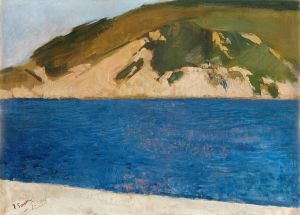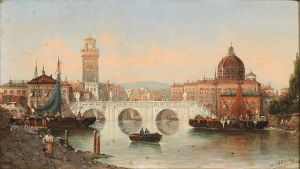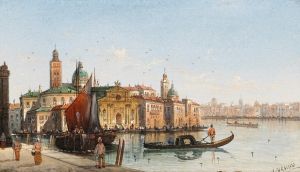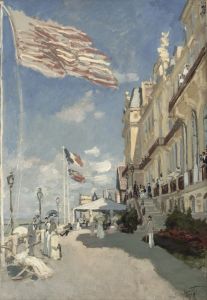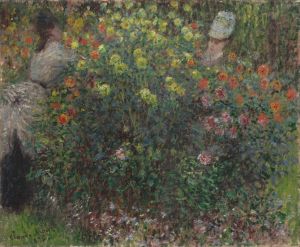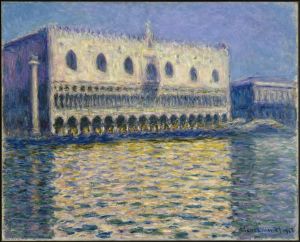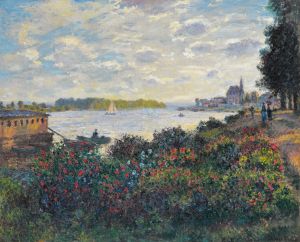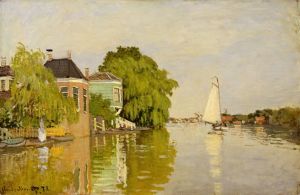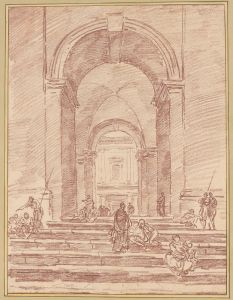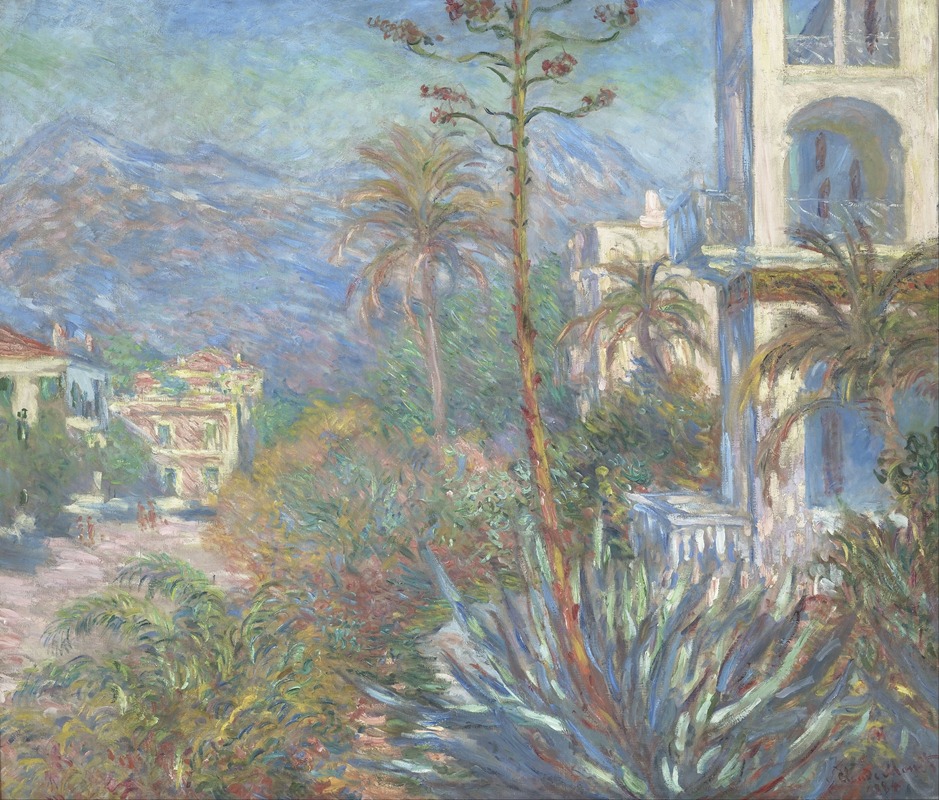
Villas at Bordighera
A hand-painted replica of Claude Monet’s masterpiece Villas at Bordighera, meticulously crafted by professional artists to capture the true essence of the original. Each piece is created with museum-quality canvas and rare mineral pigments, carefully painted by experienced artists with delicate brushstrokes and rich, layered colors to perfectly recreate the texture of the original artwork. Unlike machine-printed reproductions, this hand-painted version brings the painting to life, infused with the artist’s emotions and skill in every stroke. Whether for personal collection or home decoration, it instantly elevates the artistic atmosphere of any space.
"Villas at Bordighera" is a painting by the renowned French Impressionist artist Claude Monet. This artwork was created in 1884 during Monet's stay in the Italian town of Bordighera, located on the Ligurian coast. Monet traveled to Bordighera in January 1884 and stayed there for about three months, captivated by the Mediterranean landscape and the unique quality of light in the region.
The painting depicts a view of villas nestled among lush vegetation, with the vibrant colors and dynamic brushstrokes characteristic of Monet's Impressionist style. The scene is bathed in sunlight, highlighting the rich greens of the foliage and the warm tones of the buildings. Monet's use of color and light in this painting exemplifies his ability to capture the atmosphere and essence of a place.
Monet was particularly drawn to the exotic and luxuriant vegetation of Bordighera, which included palm trees, olive trees, and various flowering plants. This fascination with the local flora is evident in "Villas at Bordighera," where the dense greenery almost seems to envelop the villas, creating a sense of harmony between nature and architecture.
During his time in Bordighera, Monet produced several paintings that explored different aspects of the town and its surroundings. "Villas at Bordighera" is one of these works and reflects his interest in the interplay of light and shadow, as well as his dedication to capturing the transient effects of sunlight on the landscape.
The painting is an excellent example of Monet's mature Impressionist technique. His brushwork is loose and fluid, allowing the colors to blend and interact on the canvas. This approach creates a sense of movement and vitality, making the scene appear almost alive. The composition is carefully balanced, with the villas positioned in the middle ground and the lush vegetation framing the scene.
"Villas at Bordighera" is part of the collection of the Metropolitan Museum of Art in New York City. It was acquired by the museum in 1967 and has since been an important part of their European paintings collection. The painting is often displayed alongside other works by Monet, providing viewers with a comprehensive understanding of his artistic development and the breadth of his oeuvre.
Monet's time in Bordighera was a significant period in his career, as it allowed him to experiment with new subjects and techniques. The works he produced during this trip, including "Villas at Bordighera," are celebrated for their vibrant color palettes and innovative compositions. These paintings also reflect Monet's deep appreciation for the natural world and his ability to convey its beauty through his art.
In summary, "Villas at Bordighera" is a notable work by Claude Monet that captures the picturesque charm of the Italian town of Bordighera. Through his masterful use of color, light, and brushwork, Monet created a vivid and dynamic representation of the villas and their lush surroundings, making this painting a significant example of his Impressionist style.





